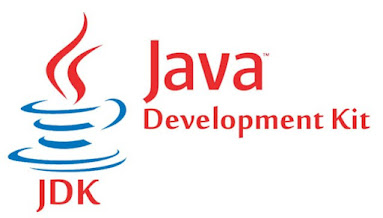The Java Development Kit (JDK) is a software development kit used to create Java applications. Here are the steps to set up the JDK:
1. Download the JDK from the official Oracle website.
2. Install the JDK by following the installation wizard.
3. Set the environment variables for the JDK. This can be done by adding the JDK bin directory to the system's PATH variable.
4. Verify the installation by opening a command prompt and typing `java -version`. If the installation was successful, the installed version of the JDK will be displayed.
How to Work JDK -
The JDK (Java Development Kit) is a software development kit that includes everything you need to develop and run Java applications. Here's a brief overview of how the JDK works:
1. The JDK includes a set of tools for developing Java applications, including a compiler, debugger, and various libraries and APIs (Application Programming Interfaces).
2. To develop a Java application, you write Java code in a text editor or integrated development environment (IDE) and save the code as a `.java` file.
3. You use the JDK compiler (called `javac`) to compile the `.java` file into bytecode, which can be executed on any platform that has a Java Virtual Machine (JVM) installed.
4. Once the bytecode is generated, you can use the JDK's `java` command to run the application on the JVM.
5. The JDK also includes various libraries and APIs that can be used to build Java applications, such as the Java Standard Library and the JavaFX API for creating graphical user interfaces (GUIs).
6. In addition to the standard JDK, there are also various third-party libraries and frameworks available for Java development, which can be used alongside the JDK to make development more efficient and effective.




No comments:
Post a Comment